So-called experts and industry pundits have disputed the design origins of Saleen-branded vehicles from the very beginning, based mainly on the unfounded premise that the Ford GT, S7, Saleen 1 and even three decades of Mustang-based Saleen vehicles couldn’t possibly come from the mind of a racer-turned-manufacturer like Steve Saleen. The conspiracy theory goes that Steve didn’t have the expertise in-house to design and engineer these landmark vehicles himself, so he had to go outside to “acquire” the plans.
Automotive purists love to speculate and love a good mystery even more. As supercar fans ourselves, we can sympathize with the need to believe a good tale – especially when it concerns some of the world’s most famous sportscars and supercars.
Which is all well and good until the media and public starts believing these theories as true, even without any credible evidence.
So, after letting everyone have a little fun, we thought it time to set the record straight. In so doing, we’ll address the laundry list of falsehoods we’ve heard over the years, regardless of how outrageous they may be.
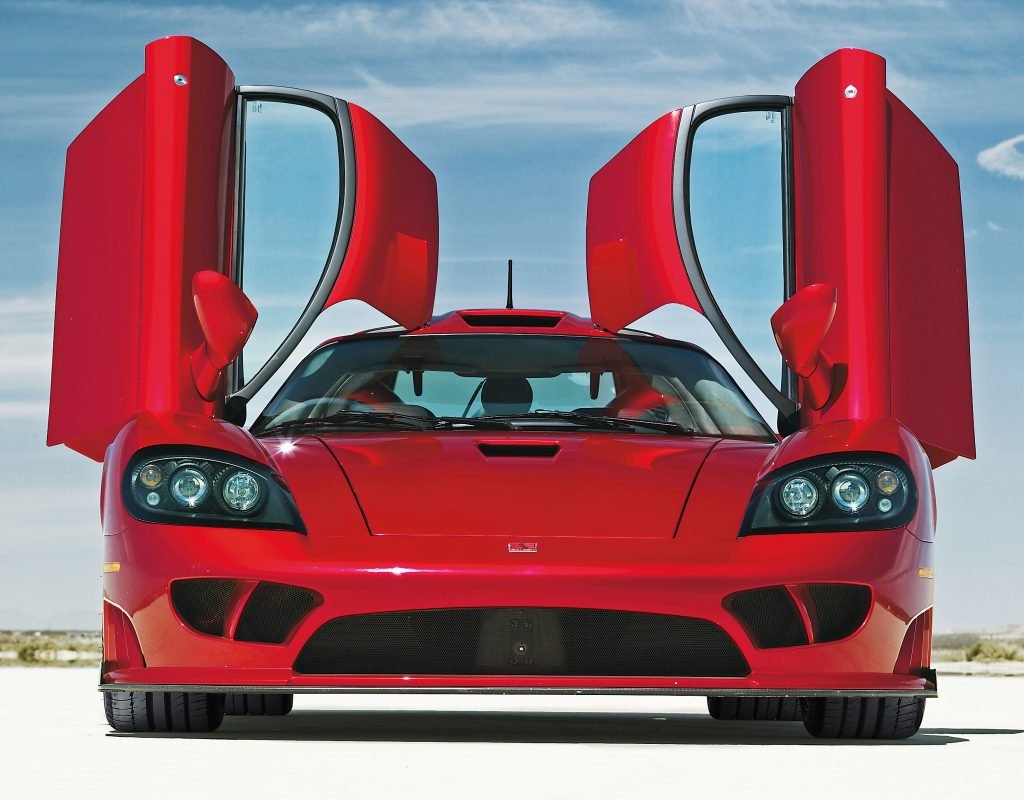
One of the biggest running myths is that Steve Saleen didn’t design the S7, but borrowed it from any number of sources – most notably from an Aston Martin Group C racer, built by Callaway and Ray Mallock Ltd. As the story goes, the famed supercar started life as a Group C racer called the AMR-3, designed for Aston Martin in the late 1980s with a motor tuned by Callaway in California – and then engineered by Ray Mallock Ltd. (RML) in the U.K. who redesigned it into the mid-engine road-going Saleen S7.
This enduring myth is completely false. The Saleen S7 is arguably the most celebrated American supercar ever built – and as such, the story of the S7’s development can be summed up in the old saying, “success has many fathers, and failure is an orphan.”
Despite the many elaborate (and incorrect) theories of the S7’s development, the reality is that Steve Saleen was the principal designer, engineer and overall creator of the S7 – and like any other manufacturer, Saleen contracted specialists to assist with producing the S7. These contracted vendors were hired to follow a specific design and engineering plan that came directly from Steve Saleen.
Noted automotive journalist and S7 historian Tom Wilson described Steve’s involvement with the S7 project:
There’s more of Steve Saleen in the S7 than any other car he’s built.
Steve conceived the very idea of the S7, directed every aspect of its engineering and design, was its chief development driver and has been hands-on for every step of the S7 story.
As the S7 racked up international race wins and industry and public acclaim, becoming the most successful supercar of the 2000s, many suppliers were only too eager to exaggerate their level of contribution.
While we can understand how this happens in the collaborative world of automotive design and development, it doesn’t make it any less true. RML, for example, was retained to provide chassis design and assist with the prototype build, and because of its racing experience and out-of-country confidentiality – and successfully delivered on these capabilities under the watchful eye of Steve Saleen.
The supposed involvement of Reeves Callaway with the S7 development is even more baffling. Steve Saleen and Callaway knew each other, but mostly in the context of racing where a longstanding track rivalry between the two ended when Saleen beat Callaway in the 1996 championship. While this rivalry may have fueled any myths related to Saleen, the reality is that Steve and Reeves Callaway had no contact prior, during or after the S7 was developed and launched.

The S7 was powered by a Ford motor – supposedly an off-the-shelf Ford Windsor block that was provided the basis for the S7’s legendary powerplant.
It’s fairly easy to see why people would assume this myth as fact, given Saleen’s longtime association and collaboration with Ford Motor Company, producing Ford-based Saleen Signature vehicles over the past 35 years. However, it’s not true. The 7-liter American style (cam-in-block) 427 cubic inch V8 in the S7 were produced and designed by Saleen – and are entirely unique to the S7 model.
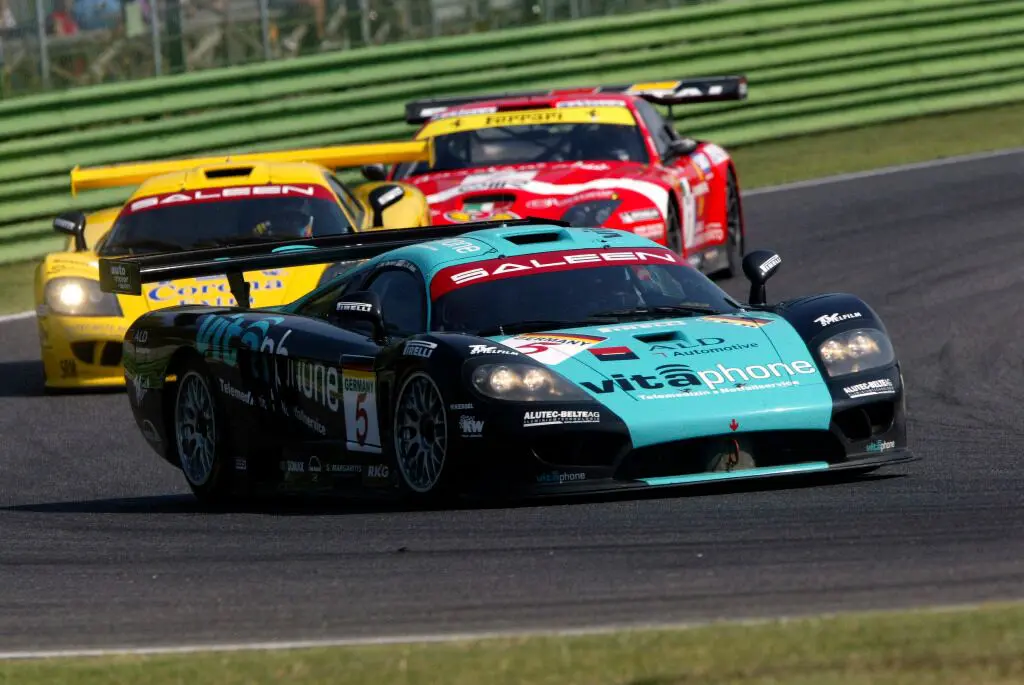
The S7 couldn’t possibly have won so many international races to qualify it as the most successful racing supercar of the 2000s.
It makes sense that doubts in the design origin of the S7 have led to a skepticism in the car’s racing pedigree. But the S7’s racing history speaks for itself, and is easily documented. During the 10 years (2001-2010) that the S7 was actively campaigned, it logged over 100 race wins – more than any other supercar brand during this period – including wins at all of the world’s most prestigious racetracks including Nürburgring, Silverstone, Imola, Spa-Francorchamps and the 24 Hours of Le Mans. A winning design from Steve Saleen created a supercar that repeatedly won at tracks around the world.

The Saleen S7 is capable of driving upside down.
This myth is actually true, according to the laws of physics – even if it has yet to be tested in real life. Weighing only 2,800 pounds, the Saleen S7 produces more downforce than the weight of the car once it hits 160 mph, thanks to its advanced F1-derived aerodynamic bodywork. According to physics, if the S7 were to maintain a steady 160mph it could drive completely upside down. The only caveat would be finding a road long enough to build up to 160 mph, and then turning upside down.

Steve Saleen did not have any involvement in the Ford GT(40) project.
In the early 2000s, Ford Motor Company sought to build a modern supercar that paid tribute to the legendary GT40 model of the 1960s, which famously beat Ferrari at Le Mans and racetracks worldwide – and they knew just the man who could do it.
Shortly after he had designed and built the Saleen S7 as “America’s First Supercar,” in 2000, Steve Saleen had established himself as a formidable name in supercar design and engineering. Ford approached Saleen with two separate contracts: one for the engineering and development of the Ford GT (40) and the other for paint, assembly and manufacturing of Ford’s flagship supercar – all under license for Ford Motor Company.
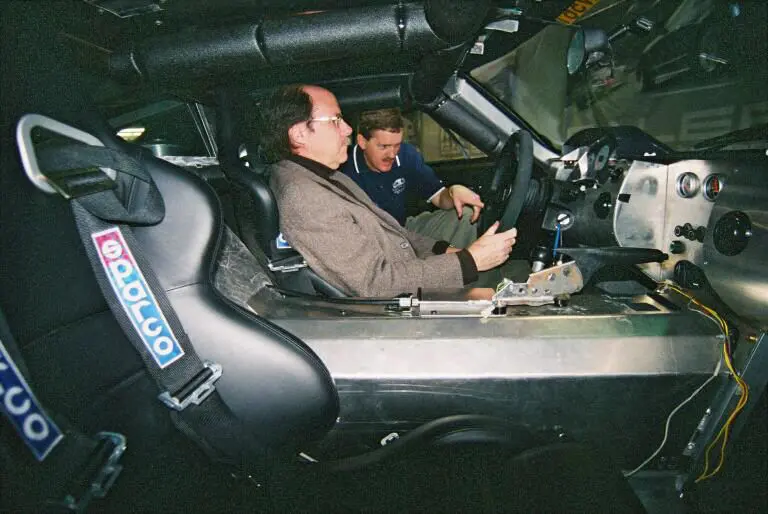
The Ford GT was entirely built at a Ford assembly plant.
100 percent of the Ford GT models were completed by Saleen.
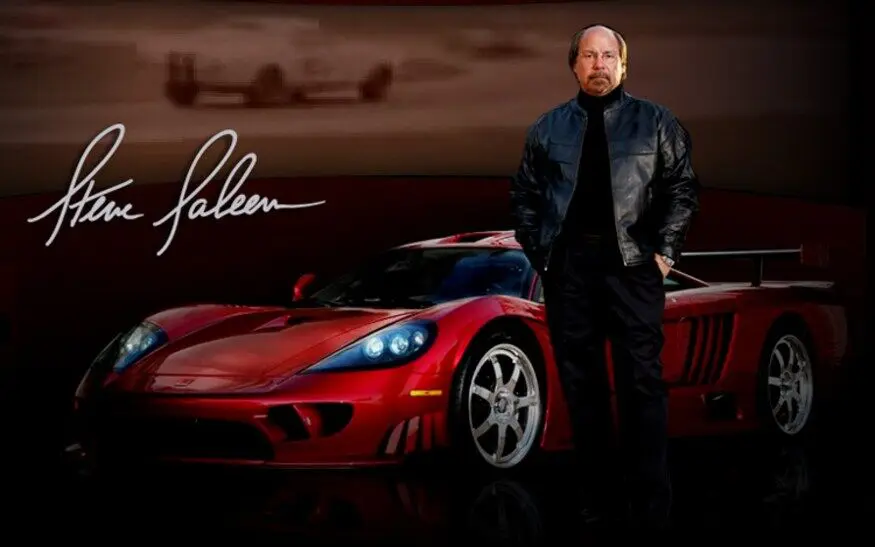
Steve Saleen has a checkered past as a businessman and automaker. In fact, Saleen Automotive filed for bankruptcy in 2007.
It makes sense that Steve would have his critics, like any great visionary experiencing both successes and failures. Not unlike Steve Job’s history with Apple, Steve Saleen was forced to resign from his own company at the height of its early success in 2007 when it was acquired by Hancock Park Associates, a private equity firm. Undeterred, he formed SMS Supercars, a firm formed around Steve’s singular mission of creating the ultimate high-performance sports cars.
Meanwhile, without Steve’s leadership, Saleen Automotive went bankrupt under the control of Hancock Park Associates, resulting in numerous lawsuits and complications involving the Saleen brand. In an effort to restore the brand and rectify issues that had arisen during his leave, Steve fought to reacquire the Saleen name – eventually taking control of the roots of the company again in 2011 and rebuilding it with plans for expansion and new products.
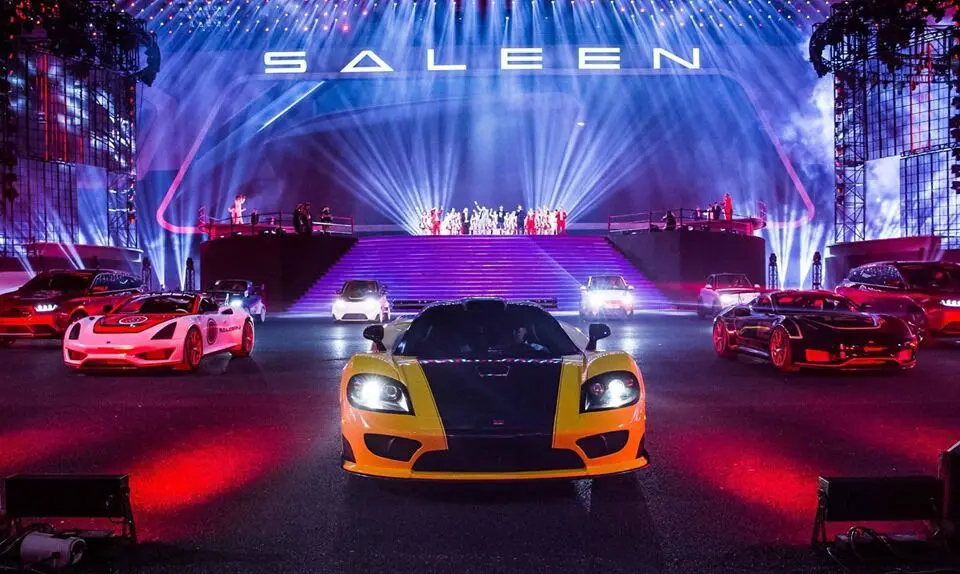
Saleen was purchased by a Chinese investment group in 2016, 2017, 2018, 2019.
Saleen Automotive is still entirely owned and independently operated by Steve Saleen from the company’s headquarters in Corona, Calif. In fact, Saleen has consistently grown stronger since Steve returned to the company in 2011 and began revitalizing and rebuilding the brand.
Looking to the future, Saleen Automotive is targeting rapid expansion into the largest and fastest-growing automotive market in the world: China.
Not long after Steve returned to Saleen Automotive in 2011, he met Charles Wang, a Chinese industrialist who recognized the potential of the Saleen brand in China and other growing global automotive markets. Wang become Saleen’s business partner to produce and distribute Saleen vehicles in China, expanding the brand’s global vision with a new company called Jiangsu Saleen Automotive Technology (JSAT).
Of course, at the center of that vision and continually evolving story is Steve, who remains committed to personally overseeing the design and development of the Saleen 1 and every other vehicle with the Saleen nameplate – in the U.S., China and beyond.
website by foxco